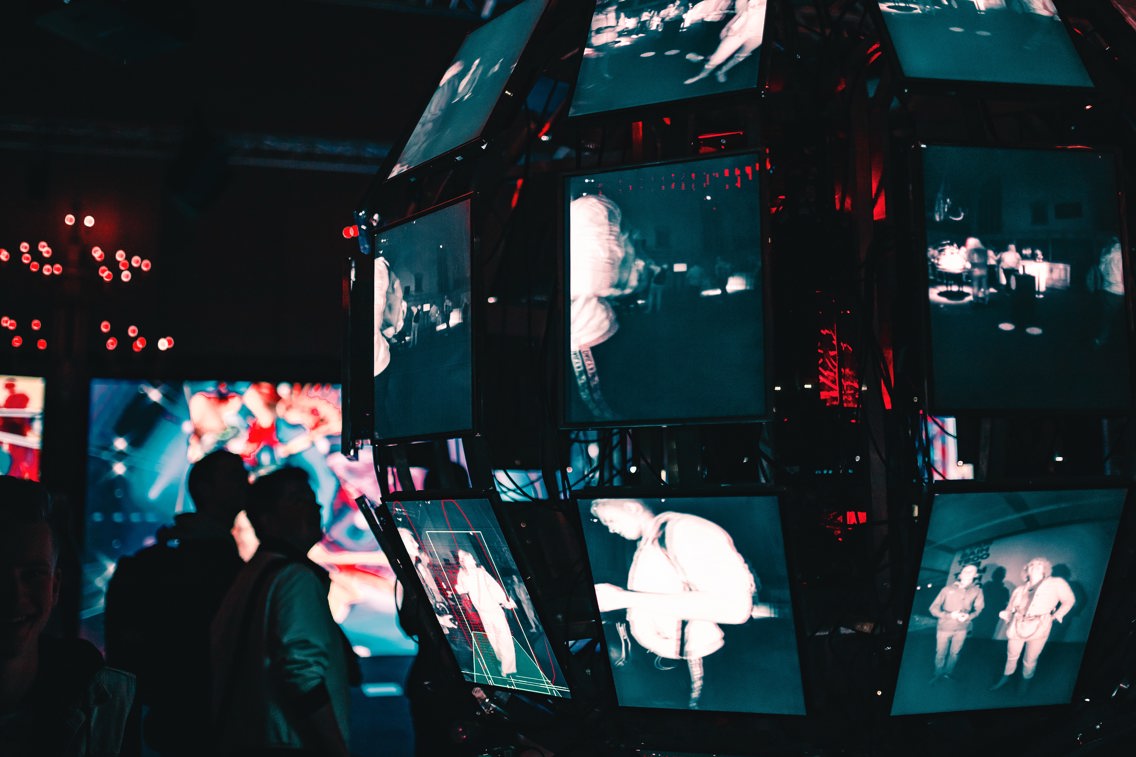Bridging the gap between art and science
KNOWLEDGE @ KRISTIANIA: Artistic Research
When Johannes Kepler drew musical notes in his books reflecting on the universe as a harmony in music and when Albrecht Dürer developed the linear system in painting based on scientific calculations, science, humanities, art, knowledge production, epistemology had not yet been exposed to systematic institutionalisation and claustrophobic categorisation.
Kepler, the scientist, and Dürer, the artist, shared basic ways of producing knowledge and approaching their material, e.g., by observing, by finding patterns and by conceptualizing. To them mixing the fields of art and science did not represent a schism, it offered possibilities and solutions they could not have accessed by treating either field separately.
- Read also: Kunnskap Kristiania, the Innovation Issue (E-magazine)
What qualifies as Artistic Development Work?
Today Artistic Development Work presents us with an opportunity to enhance our perception of art, science and academia in general. Art is intrinsically reflective, researching and investigative, so what kind of artistic activity qualifies as Artistic Development Work and not simply as art?
- Whereas making art contains different forms of reflection and knowledge production the primarily objective is production of art within a given artistic community, i.e., a given art product being the main goal.
- Artistic Development Work, on the other hand, attempts in and through the art production (the process and the practice) not only to participate in and contribute to the artistic community, but also to gain an epistemological outcome of art making and art practice, i.e., to what we comprehend and cognize. Thus, Artistic Development Work includes a wide range of explorative and reflective methods, concepts, and ideas rooted in the making of art.
- Read also: Project Management at the Theatre
Useful beyond the sphere of art
Since the focal point of Artistic Development Work is to create new knowledge within a given area there is generally a strong emphasis on developing new methods and practices. This exploratory – and not explanatory – approach to research is often seen as contrary to traditional scholarly research. However, Artistic Development Work-methods have turned out to be useful also beyond the sphere of art.
Artistic Development Work-projects are documented to intertwine with non-artistic projects on a variety of fields such as gender issues, environment, political matters, globalization etc. Perhaps the most tangible example of the benefits of Artistic Development Work-methodology in science is the concept of art-science. Typically, art-science projects are conducted as artist-in-residence programs. The artists may function as advisors, collaborators, interlocutors or give workshops or work on an artwork.
Fusion of science, technology and arts
The STARTS (Science + Technology + Arts)-project, initiated and funded by the European Commission, is an emblematic example of how art-science can contribute to technological innovation safeguarding human needs and values.
The fusion of science, technology and arts has shown how transdisciplinary approaches can handle complex challenges not only within the realm of science and technology, but also with regards to organizations and organizational structures.
- Read also: Skapte nye forbindelser mellom sang, dans og skuespill (in Norwegian)
Platform for transdisciplinary collaboration
Kristiania University College is an adequate platform for transdisciplinary collaboration. Health sciences, innovation and technology are obvious areas where Artistic Development Work can be involved in developing new knowledge and new methods and simultaneously gain experience with and insight into theories and methods beyond art and Artistic Development Work.
As the largest centre of arts education in Norway, the School of Arts, Design and Media at Kristiania is a crucible of creativity and learning. Students meet music, dance, film, music theatre, creative writing, acting, and more under the same roof while Artistic Development Work is grounded in a diverse academic environment.
Tool for reaching out
Together a variety of disciplines from seemingly adversarial professional zones can bridge the academic gap between art and science. Transdisciplinary collaborations within Kristiania could even be used as a tool for reaching out, initiating research alliances and partnerships with both public institutions and private companies, nationally as well as internationally.
So, the paradigmatical gaze of the scientist can indeed be combined with the mystifying gaze of the artist researcher. Or maybe that is the wrong way to put it. Perhaps there is a closer affinity between the scholar’s approach to finding out and the artist’s way of exploring than institutional borders suggest.
Furthermore, the typical meeting the extraordinary, the typical linked with the idiosyncratic, the general facing the individual etc. is not only enriching both science and Artistic Development Work in itself, but also forcing us to continuously revaluate what science and research is all about, and eventually spur us on to find what we are not looking for.
Reference:
This article is first published in Kunnskap Kristiania, The Innovation Issue (link to E-magazine) released on August 19, 2021.
Text: Associate professor Ole Egeberg, School of Arts, Design and Media, Kristiania University College.
We love hearing from you:
Send your comments and questions regarding this article by E-mail to kunnskap@kristiania.no.
